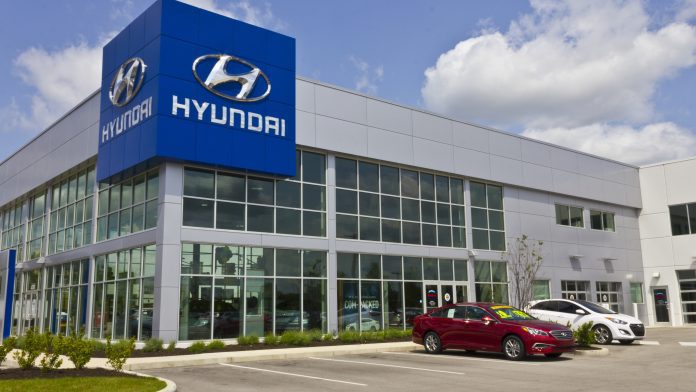Hyundai Motor Group will terminate its Hyundai Complimentary Maintenance Program (HCM) beginning with 2026 model-year vehicles. CarsDirect initially reported the story, and the automaker later confirmed it in an official statement.
Hyundai’s decision to discontinue the limited complimentary maintenance plan will not affect customers who have purchased vehicles from the 2020 to 2025 model year. These vehicles will still be covered under the three-year, 36,000-mile maintenance plan.
In an internal memo sent to dealers, Hyundai explained that the 2026 model-year vehicles and beyond will not be eligible for the free maintenance program. The automaker explained that the program’s cost had ballooned to “unsupportable levels.” It encouraged dealers to offer prepaid maintenance plans to customers as an alternative, expressing optimism that it is an excellent way for its dealer network to increase its revenue.
As part of the shift, Hyundai Capital America (HCA) will roll out a new Service Drive Pre-Paid Maintenance Program nationwide, enabling service teams to offer prepaid plans even after the initial vehicle sale. The plans will be available in tiers, starting with a basic option that covers oil changes and tire rotations and extending to a full scheduled maintenance plan that follows the owner’s manual. Hyundai will also tailor recommendations based on how the vehicle is driven—normal vs. severe usage—with coverage available for up to eight years of ownership.
While it’s speculative, the 25% auto tariffs on imported auto parts are likely a significant contributing factor to the HCM program’s discontinuation. Like many automakers, Hyundai heavily depends on imported parts for manufacturing, vehicle maintenance, and repairs. The tariffs will raise the cost of parts, potentially making the program financially unviable.
Removing the complimentary maintenance program is a cost-cutting move aligned with rising operational expenses and the anticipated part cost increase. Hyundai will likely be the first of several automakers to eliminate or reduce incentive programs such as increasing financial costs.




